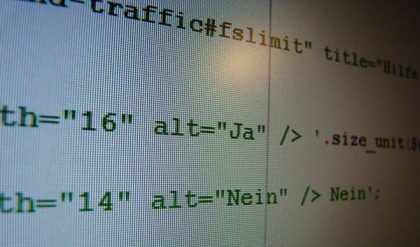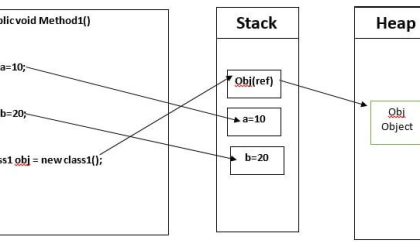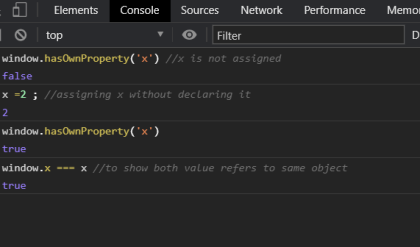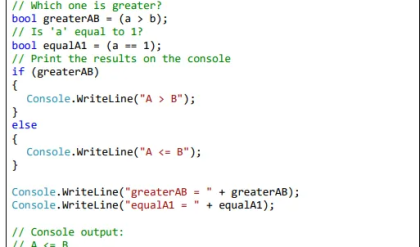In this chapter we will take a look at the basic programming terminology and we will write our first C# program. We will familiarize ourselves with programming – what it means and its connection to computers and programming languages. Briefly, we will review the different stages of software development. We will introduce the C# language, the .NET platform and the different Microsoft technologies used in software development. We will examine what tools we need to program in C#. We will use the C# language to write our first computer program, compile and run it from the command line as well as from Microsoft Visual Studio integrated development environment. We will review the MSDN Library – the documentation of the .NET Framework. It will help us with our exploration of the features of the platform and the language.
What Does It Mean “To Program”?
Nowadays computers have become irreplaceable. We use them to solve complex problems at the workplace, look for driving directions, have fun and communicate. They have countless applications in the business world, the entertainment industry, telecommunications and finance. It’s not an overstatement to say that computers build the neural system of our contemporary society and it is difficult to imagine its existence without them.
Despite the fact that computers are so wide-spread, few people know how they really work. In reality, it is not the computers, but the programs (the software), which run on them, that matter. It is the software that makes computers valuable to the end-user, allowing for many different types of services that change our lives.
How Do Computers Process Information?
In order to understand what it means to program, we can roughly compare a computer and its operating system to a large factory with all its workshops, warehouses and transportation. This rough comparison makes it easier to imagine the level of complexity present in a contemporary computer. There are many processes running on a computer, and they represent the workshops and production lines in a factory. The hard drive, along with the files on it, and the operating memory (RAM) represent the warehouses, and the different protocols are the transportation systems, which provide the input and output of information.
The different types of products made in a factory come from different workshops. They use raw materials from the warehouses and store the completed goods back in them. The raw materials are transported to the warehouses by the suppliers and the completed product is transported from the warehouses to the outlets. To accomplish this, different types of transportation are used. Raw materials enter the factory, go through different stages of processing and leave the factory transformed into products. Each factory converts the raw materials into a product ready for consumption.
The computer is a machine for information processing. Unlike the factory in our comparison, for the computer, the raw material and the product are the same thing – information. In most cases, the input information is taken from any of the warehouses (files or RAM), to where it has been previously transported. Afterwards, it is processed by one or more processes and it comes out modified as a new product. Web based applications serve as a prime example. They use HTTP to transfer raw materials and products, and information processing usually has to do with extracting content from a database and preparing it for visualization in the form of HTML.
Managing the Computer
The whole process of manufacturing products in a factory has many levels of management. The separate machines and assembly lines have operators, the workshops have managers and the factory as a whole is run by general executives. Every one of them controls processes on a different level. The machine operators serve on the lowest level – they control the machines with buttons and levers. The next level is reserved for the workshop managers. And on the highest level, the general executives manage the different aspects of the manufacturing processes in the factory. They do that by issuing orders.
It is the same with computers and software – they have many levels of management and control. The lowest level is managed by the processor and its registries (this is accomplished by using machine programs at a low level) – we can compare it to controlling the machines in the workshops. The different responsibilities of the operating system (Windows 7 for example), like the file system, peripheral devices, users and communication protocols, are controlled at a higher level – we can compare it to the management of the different workshops and departments in the factory. At the highest level, we can find the application software. It runs a whole ensemble of processes, which require a huge amount of processor operations. This is the level of the general executives, who run the whole factory in order to maximize the utilization of the resources and to produce quality results.





